Four or so years ago we found a quilt for my daughter at our church’s craft bazaar. My son asked for a special quilt too. Fabric was purchased and 7″ blocks were cut. A simple diagonal pattern was laid out, stacked into columns, and put in a bag.

More recently my son asked for a different layout. Then we were home, for an undetermined amount of time. We needed something to help us process and heal. My son needed something. I asked him if he still wanted a quilt and if he was ready to layout the quilt the way he wanted it. I’m so happy he still wanted a quilt. I’m super happy that he wanted to help with the design and that he still liked the fabric.

I offered a few suggestions, but tried to leave it be so it could be his design.

It makes it extra special that it’s the way he wanted it. April 3rd the new kid approved layout was finished. The columns were stacked and ready for the sewing to start.

It was about two weeks before sewing started. It was my job to sew the columns. I was partially waiting for the batting to arrive, a little procrastinating, and still really busy with life! It felt like we should have more time since we were at home with no where to go, but we were still busy.

A month after the squares were laid out the top was together! The backing only had to have it’s seam ripped out once. I forgot that folded directional fabric would need to be managed properly after it was cut in half! Putting everything together required moving furniture and cleaning the floor, so I could have a large enough space to put all the pieces together.


By the end of the day I had the binding together! I decided to stitch in the ditch in concentric squares. (Is that a thing? I know concentric circles is a thing.) It was painful to realize I hadn’t pinned quite enough after the first line of quilting. My seam ripper got quite a work out on May 2. Once I laid the quilt out flat and got enough pins, one per square, around and around, things went smoother. Getting to the center square was a challenge, but somehow it worked.

I spent the next day working through all the concentric squares of quilting. The quilt was finished after a particularly difficult day. It was much needed and appreciated. One beautiful process completed.






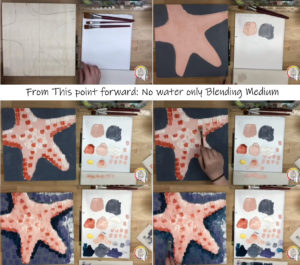







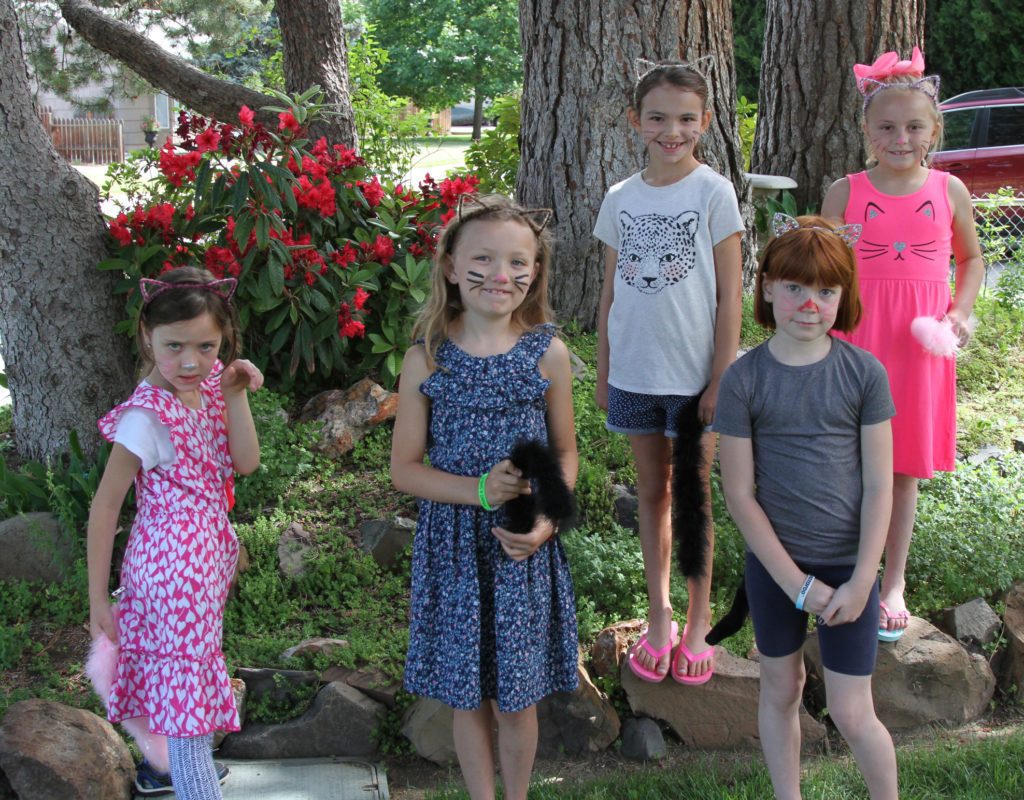


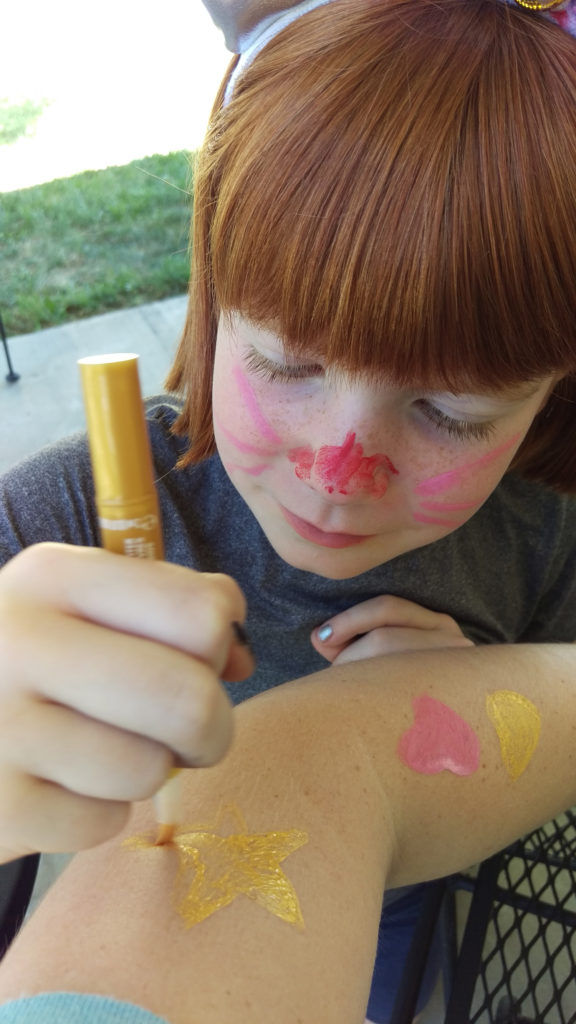




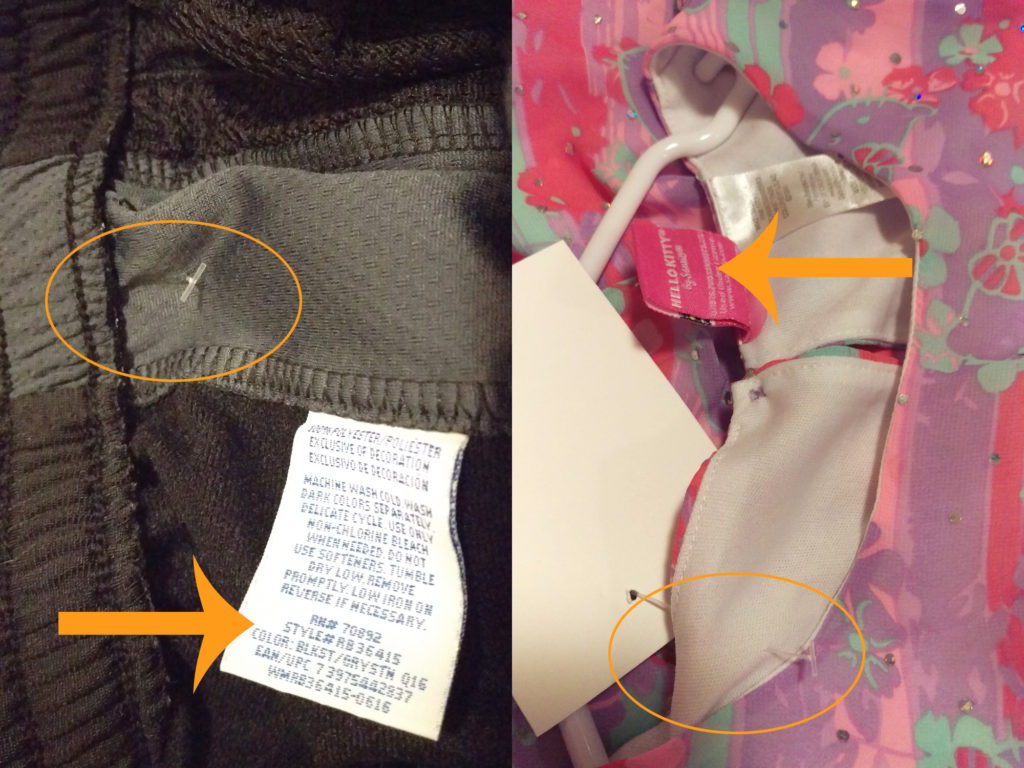




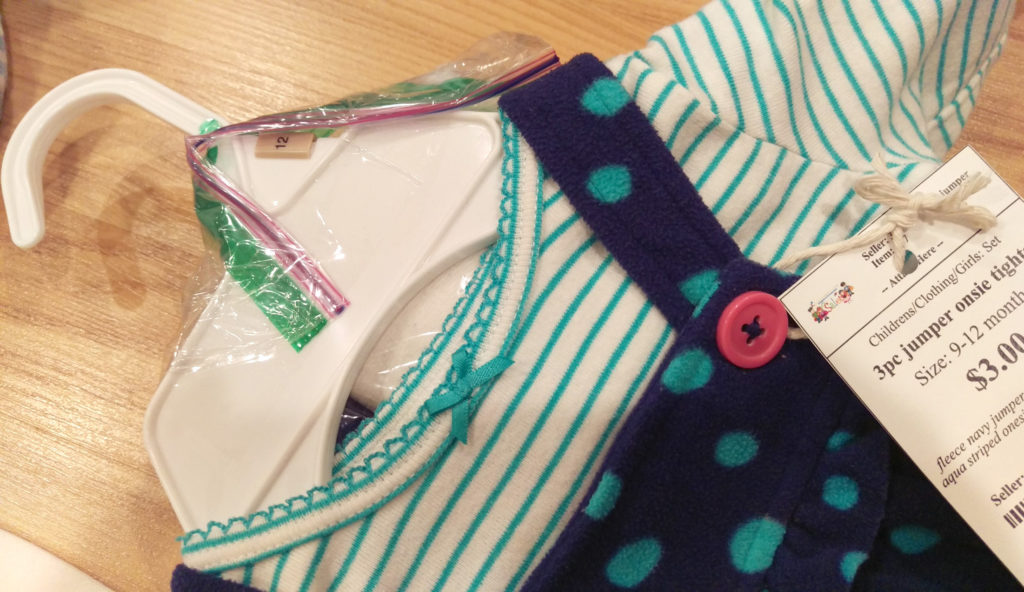



























 My kids favorite part was finding each circled dot. I’m pretty sure they weren’t listening very closely as I was reading “two hundred thousand pennies would fill twenty-two one-gallon milk jugs.” I don’t mind though. I think
My kids favorite part was finding each circled dot. I’m pretty sure they weren’t listening very closely as I was reading “two hundred thousand pennies would fill twenty-two one-gallon milk jugs.” I don’t mind though. I think